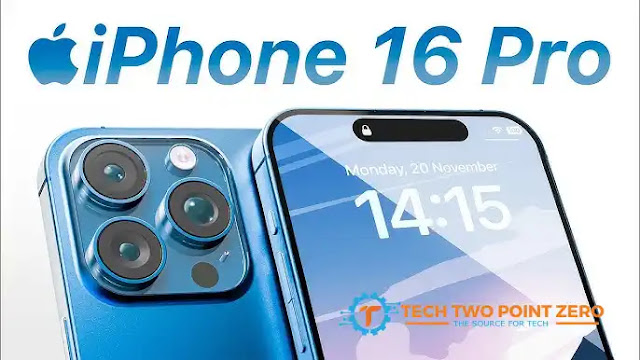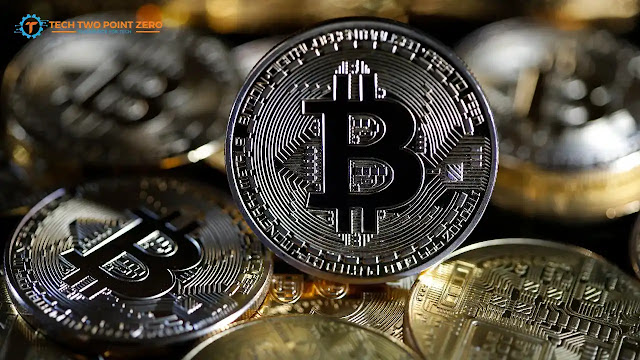The world of technology is
rapidly advancing, and with it comes the promise of a more connected and
efficient future. One of the most talked about developments in recent years is
the introduction of 5G Technology, the next generation of wireless technology. 5G is set
to revolutionize the way we live, work, and communicate, with promises of
lightning-fast speeds, low latency, and the ability to connect multiple devices
simultaneously.
But what exactly is 5G Technology and what
can we expect from this powerful technology? In this article, we will explore
the ins and outs of 5G, its potential impact on various industries, and how it
could change the way we live our lives.
What is 5G Technology?
5G Technology stands for fifth generation
and is the next step up from the current 4G/LTE technology that most of us use
on our smartphones and other devices. In simple terms, it is the next level of
wireless network connectivity that promises to provide speeds up to 20 times
faster than 4G. While there are still ongoing debates on what the official
standards of 5G Technology should be, the general consensus is that 5G should provide
speeds of at least 20Gbps (gigabits per second) for download and 10Gbps for
upload.
In comparison, 4G/LTE networks
currently provide download speeds of around 50Mbps (megabits per second) and upload
speeds of 10Mbps. With 5G, this means that you can download a full HD movie in
just a few seconds, as opposed to minutes on a 4G network.
Aside from the speed, 5G also
promises to have lower latency, which is the time it takes for data to be
transmitted from one device to another. This means that there will be almost no
delay in data transmission, making real-time applications such as gaming, video
conferencing, and autonomous vehicles more efficient and reliable.
How Does 5G Technology Work?
Unlike its predecessors, 5G will
not rely solely on the traditional cell towers that we see on our streets.
Instead, it will use a combination of different technologies to provide a seamless
and high-speed connection.
One of the key components of 5G
is the use of smaller cell sites called small cells. These small cells will be
placed in areas with high user density, such as indoor spaces, outdoor venues,
and along busy streets. This will allow for more targeted and efficient
coverage compared to the current large cell towers that are used for 4G.
Another technology that will be
utilized for 5G is the millimeter wave (mmWave) spectrum. Unlike the lower
frequency bands used for 4G, mmWave bands have a much higher frequency, which
allows for more data to be transferred at a faster rate. However, one
limitation of mmWave is that it has a shorter range and can be easily blocked
by physical objects, which is why small cells are necessary for its effective
use.
Massive MIMO (Multiple-Input Multiple-Output) is a technology that will play a crucial role in 5G. It involves using multiple antennas in a single base station, which allows for the transmission of data to multiple devices simultaneously. This technology improves network capacity and speed, especially in heavily congested areas. reduction of 5G will have
a significant impact on various industries and our daily lives. Here are some
of the potential changes that 5G could bring:
1. Enhanced Mobile Experience
The most obvious impact of 5G
would be on our mobile experience. With faster speeds and lower latency, we can
expect to stream high-quality videos, play online games, and download large
files quickly and without any interruptions. This means we will have access to
a wider range of data-intensive services and applications, making our mobile
devices even more essential in our daily lives.
2. Internet of Things (IoT)
5G is expected to have a major
impact on the growth of the Internet of Things (IoT). With the ability to
connect more devices at high speeds, 5G Technology will be the catalyst for the
development of smart cities, smart homes, and various other IoT applications.
This means we can expect more efficient and interconnected systems, such as
smart energy grids and autonomous vehicles, to become a reality.
3. Healthcare
With its low latency and
high-speed capabilities, 5G could also revolutionize the healthcare industry. It
will enable the use of real-time telemedicine, where medical professionals can
remotely monitor and treat patients, reducing the need for in-person
appointments. This can greatly benefit areas with limited access to healthcare
facilities and improve the overall efficiency of the healthcare system.
4. Education
The education sector is also
expected to see significant changes with the introduction of 5G. With
high-speed internet and real-time communication, students can access more
online learning resources, participate in virtual classrooms, and have access
to remote tutors. This will not only make education more accessible but also
expand the reach of education to remote areas.
5. Transportation
One of the most highly
anticipated developments that 5G could bring is the advancement of autonomous
vehicles. With the high-speed and low latency capabilities of 5G, vehicles will
be able to communicate with each other and with the surrounding infrastructure
in real time, making self-driving cars safer and more efficient.
Challenges and Concerns
Like any significant technological advancement, 5G technology also brings its own set of challenges and concerns. The primary concern is the potential health risks that may arise due to radiofrequency radiation. Although ongoing research is being conducted on the effects of 5G Technology on human health, experts have assured that there is no scientific evidence to suggest that 5G poses a greater health risk than previous generations of wireless technology.
Another issue is the cost of implementing the 5G infrastructure. This includes the cost of building new small cells and upgrading existing networks to support 5G technology. This may result in higher costs for consumers, and it remains to be seen if the benefits of 5G will outweigh the cost. will outweigh the cost..
 Tech Two Point Zero All Technology related information and other news suppers
Tech Two Point Zero All Technology related information and other news suppers




